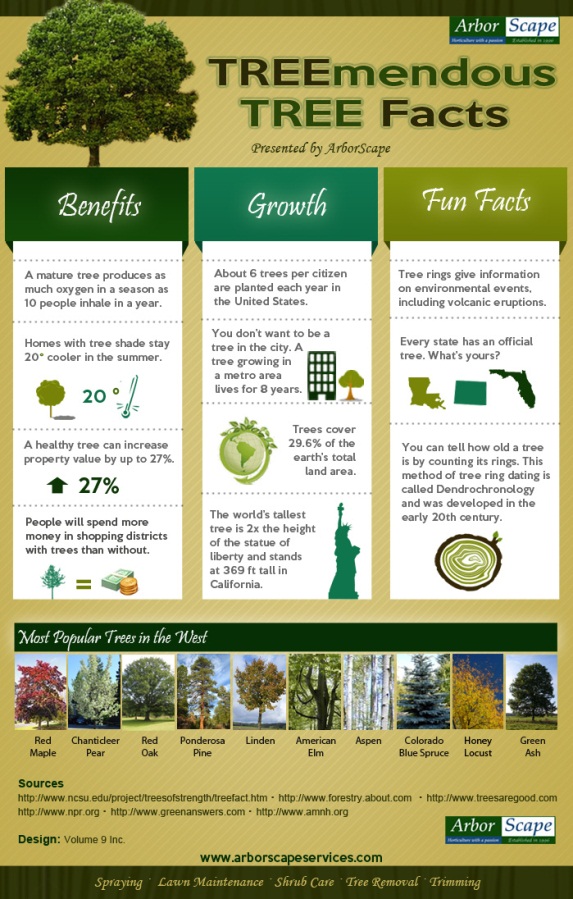Indicators It's Time For Tree Removal: Exactly How To Determine Hazardous Trees
Indicators It's Time For Tree Removal: Exactly How To Determine Hazardous Trees
Blog Article
Web Content Author-Reid Butcher
When it involves tree treatment, recognizing the indicators that it's time for elimination is important for your security and property. You could see discolored fallen leaves, wilting branches, or strange fungal growths indicating health issue. Structural issues, like a considerable lean or splits in the trunk, can additionally pose dangers. Understanding these indication can assist you make notified decisions regarding your trees and prevent possible risks hiding in your yard. What should you seek following?
Indications of Decay and Illness
When you see indicators of degeneration and disease in your trees, it's important to act promptly. Seek blemished leaves, wilting branches, or uncommon growths like fungus. http://www.kmaland.com/news/red-oak-council-hears-tree-removal-bids/article_9a7745ec-15e7-11ea-b637-8b39896dcdf1.html can indicate that your tree is battling.
If you see fractures in the bark or soft, mushy timber, these signs recommend interior degeneration. In addition, an abrupt rise in pests around your tree can indicate that it's deteriorated and vulnerable.
Check for Tree Trimming Equipment For Sale of dead or passing away limbs, as they pose a risk to your home and security. If you doubt regarding what you see, seeking advice from an arborist can give clarity.
Dealing with these indicators early can conserve you from more substantial damages and guarantee the health and wellness of your yard. Don't wait up until it's too late.
Structural Instability and Leaning
As you observe your trees, watch out for any kind of signs of architectural instability or leaning. If a tree leans substantially, it may indicate that the origin system is jeopardized.
Search for any kind of cracks in the trunk or soil around the base; these can indicate possible failing. In addition, check for uncommon growth patterns, like an unbalanced crown, which may suggest that the tree is battling to hold itself upright.
If you discover that the tree favors your home, high-voltage line, or other structures, it positions a greater threat. Don't neglect these signs-- seek advice from an arborist to evaluate the situation.
Doing something about it early can avoid pricey damage and guarantee your safety and security.
Dead or Perishing Branches and Vegetation
If you see dead or dying branches and vegetation on your tree, it's a clear sign that something's incorrect.
These undesirable areas can show underlying issues like disease, insect problems, or environmental stress and anxiety. When branches lose their leaves or turn brownish, they're no longer adding to the tree's health. Neglecting these indications might bring about additional decline, making your tree extra unsafe.
Dead branches can quickly break short during storms, posturing a threat to residential or commercial property and people nearby. It's essential to evaluate the extent of the damages.
If the trouble impacts a considerable part of the tree, consider getting in touch with a specialist. They can help determine if elimination is necessary to make sure security and maintain the charm of your landscape.
Verdict
If you observe any kind of indicators of degeneration, architectural instability, or dead branches on your trees, don't disregard them. These indicators can position major safety and security dangers to you and your property. It's constantly best to speak with a specialist arborist who can provide an expert evaluation of your trees. Acting early can stop crashes and costly damages, ensuring your landscape remains safe and healthy and balanced. Keep in mind, it's much better to be aggressive concerning tree care than to wait on a calamity to occur.
